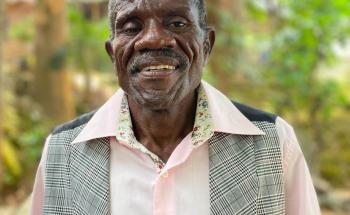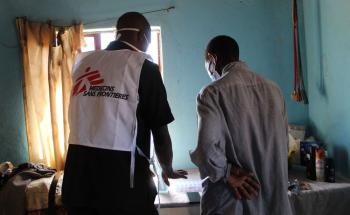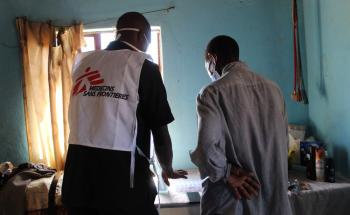This is a concise handbook to help in the management of children exposed to or infected with HIV. Many of the principles of adult HIV care apply to children as well, but there are
specificities around diagnosis, clinical presentation and antiretroviral therapy (ART) that are dealt with in this guide. It is intended as a technical guide for clinicians and not as a manual on how to implement and organise paediatric HIV care in programs. In most contexts, programmatic aspects should follow national or WHO recommended guidelines.
HIV in children in a nutshell
The vast majority of children with HIV are infected during pregnancy (10-25%), childbirth (35-40%) or breastfeeding (35-40%). Hence, HIV hits them when their immune system is still premature, naive and developing. The timing of infection and the inability to raise a sufficient immune response, result in a persistently high HIV viral load. Clinically the consequences are multiple and devastating. Immature, developing organs are more susceptible to the damaging effects of the virus itself; common childhood infections are more frequent, severe and do not respond well to treatment and the presence of a chronic infection increases nutritional and metabolic demands leading to malnutrition, poor growth and development. Unlike in adults, the progression to advanced disease is rapid, leading to high early mortality. Without appropriate intervention, over 50% of HIV infected children will die before they are two years of age. Amongst those infected during pregnancy and delivery, peak mortality rate is around 2 to 3 months of age. Early Infant Diagnosis (EID) and early Antiretroviral Treatment (ART) are crucial to improve the survival of young children infected with HIV.



